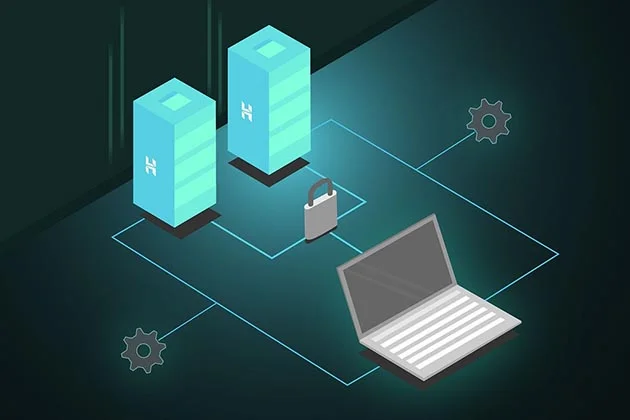A database can be defined as a structured collection of data. Storing and ensuring that you have access to this data needs special skills. Those who have not done it the right way have faced challenges such as a lack of data when needed, corrupt or lost data, and unmanageable databases.
On the other hand, making sure that data is updated all the time and reliably is a challenging task. You need to ensure that you are using the right tools depending on the requirements of your database.
Fortunately, database management and monitoring tools have made things easier for database administrators.
Choosing the Right Database Monitoring and Management Tool
A database monitoring and management tool allows database administrators to store, analyze, retrieve, and manipulate data in a database. Problems such as data being stored on different systems and formats, and redundantly are solved through the use of these tools.
Some of these tools such as SentryOne come with different administrative functions and features such as DataOps in addition to database monitoring. Others allow users to add restrictive access to data, monitor performance, track modifications, and create database backups.
The perfect tool should allow you to monitor, track, or measure the following;
Measure Throughput
The perfect tool should allow you to compare and measure throughput. This means that metrics such as replication latency and connection types are identified all the time. The tool should also allow you to compare these metrics in case of any abnormality or deviations.
In addition, it should provide you with a dashboard that makes it easy for you to investigate any issues and take the right measures to solve them.
At the end of the day, you should be able to take different readings at different stages and see whether the database meets your requirements. You should also be able to set certain figures as your database thresholds so that you can be notified when they are reached.
Consumption and Availability of Resources
Checking the consumption and availability of resources means ensuring that your database is online. This is one of the most important things that your monitoring and management tool needs to do.
If you choose to manually monitor and manage your database, you might find yourself in a situation where you overlook resource monitoring. It is also a time-consuming task that might leave you at the risk of falling into challenges.
It, therefore, means that you need to use a tool for the right results. After ensuring that everything is working well, you then need to check how resources are consumed. These resources include things like network components, CPU, disk, and memory.
In a situation where the tool identifies something like high CPU usage, then the relevant action needs to be taken. The perfect tool should do all this for you.
Database Changes
You need to identify all changes made to your database. This can be an uphill task if handled manually. The perfect monitoring and management tool should identify all objects modified, dropped, or added to your database.
This is because database changes are known to cause query delays, something that can affect the performance of your applications. The best way to handle database changes is by creating a throughput baseline when changes are made.
This allows you to compare the performance of your database before and after the changes were made. In case of any changes in performance, then it means the database changes are the cause and the necessary actions can be taken.
Expensive Queries
Even when your database resources are not overworked and the database is online, you might find some performance issues with the database. This is what makes tracking and analyzing expensive queries necessary.
The performance issues might be caused by things such as nonexistent indexes or ineffective query plans. The perfect monitoring and management tool needs to check and identify any queries that run slowly. Once identified, necessary measures should be taken to improve them.
In conclusion, the perfect database monitoring and management tools do not just check your current data and ensure that everything is running as expected. You need a tool that values database protection and looks at your historical data as well.
This is because database problems occur at different times and are caused by different things. Historical data can help solve some common problems.










